
To be successful, every gardener needs to know about proper pruning. Knowing how — and when — to prune your plants, shrubs, and trees is essential to keeping your yard and garden healthy. If you’re not entirely sure what you should be pruning and when, here are some helpful tips.
1. When You See Dead, Diseased, or Tangled Branches
As a general rule, anytime you see dead stems, flowers, or branches, that’s the time to cut them off — no matter what time of year it is. Also, when you see branches are crossing and rubbing on each other, you should prune to fix the problem. In addition, any shoots or suckers growing from trunks or near the ground should be pruned away.
2. Late Spring
Your early-spring bloomers, such as forsythia, lilacs, and rhododendron, should be pruned in late spring. Right after they finished blooming, cut them back to keep their shape. If you wait and prune later in the year or over the winter, you’ll be cutting off flower buds and miss out on a lot of flowers next spring.
3. Summer Bloomers
Trees and shrubs that bloom in the summer (like butterfly bush, potentilla, or crape myrtle) should be pruned in winter while they’re dormant. You can also prune in early spring before new growth begins to appear. Even if you cut them back nearly to the ground in late winter, you’ll get blooms the following summer.
4. Showy Shrubs
Shrubs that are known for their show-stopping foliage, like burning bush or barberry, can be pruned almost any time. Just avoid pruning in late autumn, since new growth that begins thereafter won’t have time to harden properly to survive the winter. Major pruning of these shrubs should be reserved during winter’s dormancy.
5. Garden Hedges
Your hedges, like boxwood, should be sheared to maintain their shape frequently during the early growing season. Stop shearing about 6 weeks before you expect the typical first frost.
6. Roses
Annual-blooming roses should be treated like other spring-blooming shrubs. Prune them right after the flowers face. Rose varieties that bloom repeatedly, such as modern shrub roses, hybrid teas, and floribundas, should be pruned to maintain shape and prevent overgrowth in early spring.
7. Fruit Trees
When to prune fruit trees depends on what variety you have and what your goals are. If you want more, high-quality fruit from your apple tree, prune it in late winter for most vigorous growth. If you have a cherry tree, for example, that is already overgrown and too large to harvest, you might want to prune it in summer. But never cut off more than 25% in a single year. This will help you reduce the tree’s size without encouraging even more growth. However, broken, diseased, or tangled branches should be cut off as soon as you see them. Consult an expert at your local nursery about your particular situation.
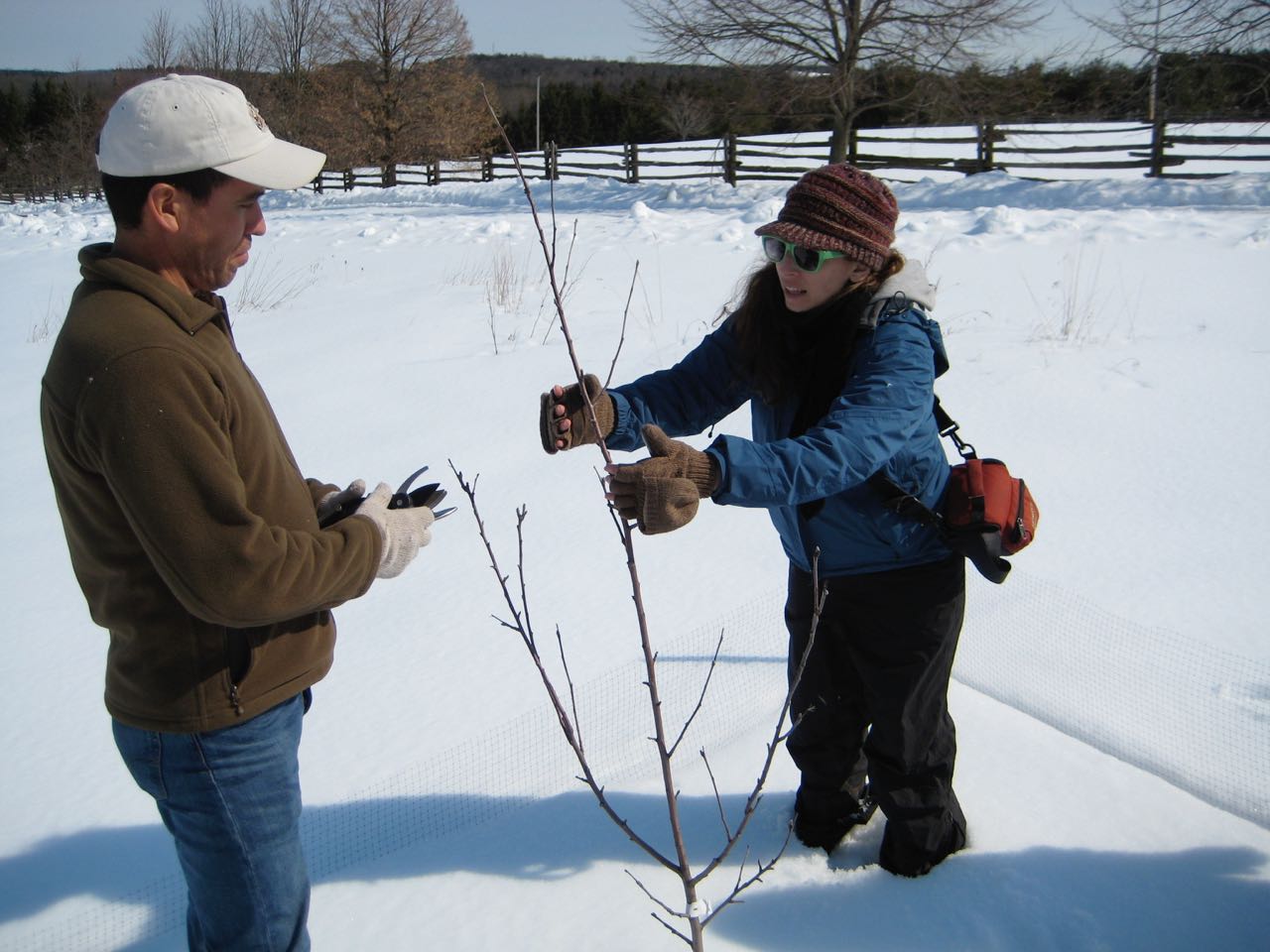

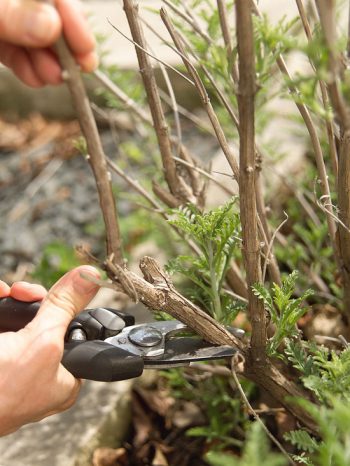
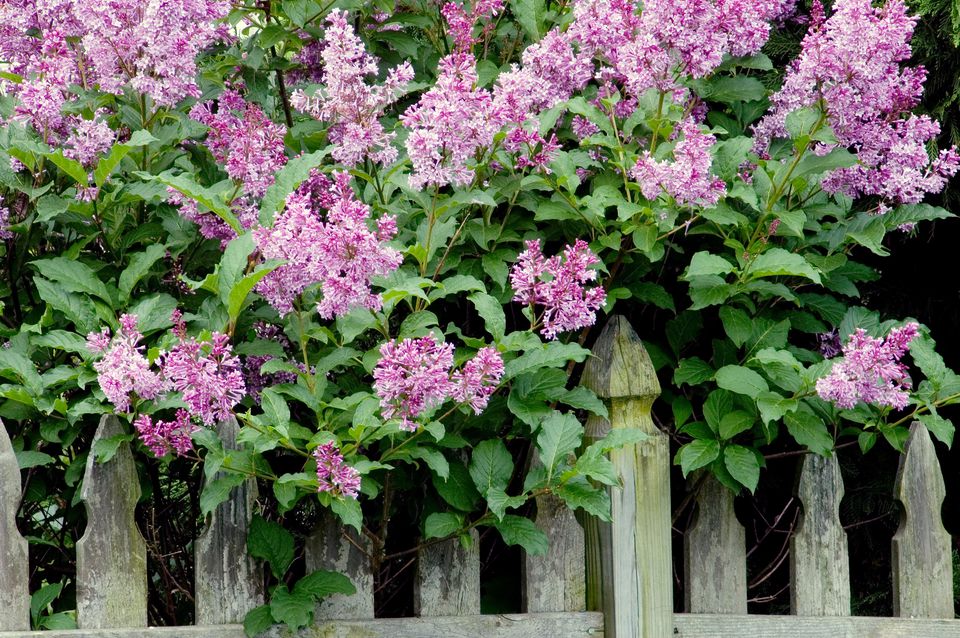
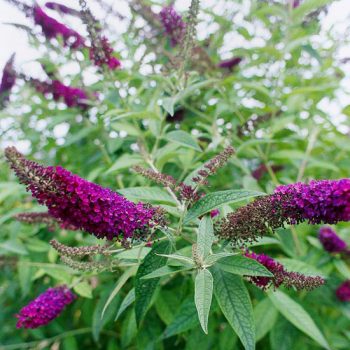
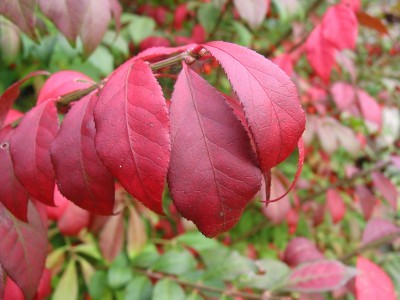

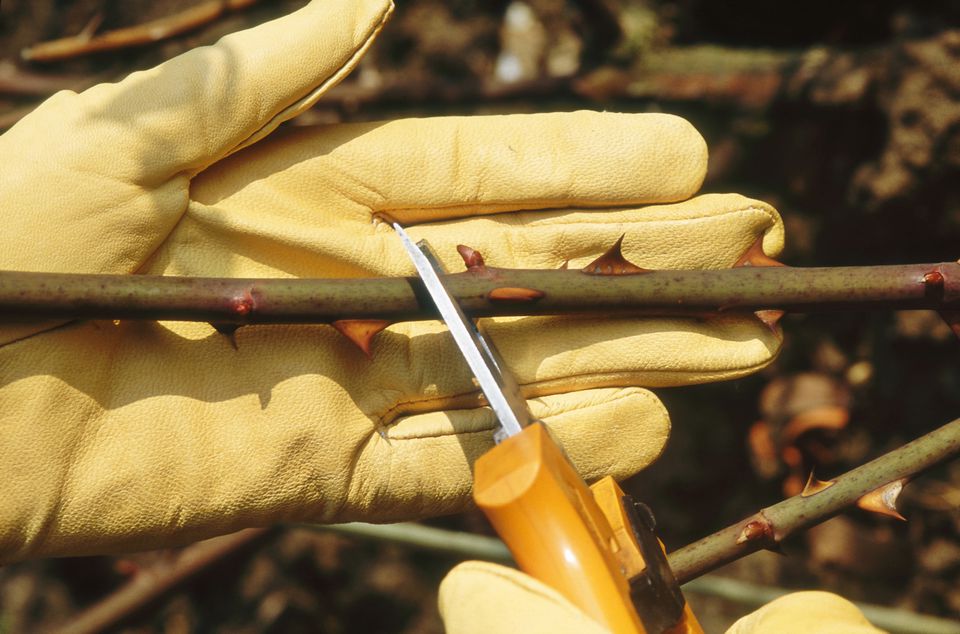
Leave a Reply